Provenance Merino
An update on our first fully traceable wool
Some of you may remember that at the very start of this year a slow boat set sail from Australia with our first supply of merino wool sourced directly from the farmstead. We promised to chronicle all the stages of the production as the beautiful raw merino wool transforms into a McNair Shirt.
We are very happy to report that the transformation is now in full swing. Together with our friends at Z Hinchliffe down the road in Denby Dale, we have developed a special palette for the launch of our new fully traceable wool collaboration from Paul Simons’ farm in Australia. Here we share with you some of the magic from the dyehouse. The fundamental processes are the same as they have been for centuries.
The scoured raw wool ready for dyeing.

The wetting process is part of the pre-dye preparation.
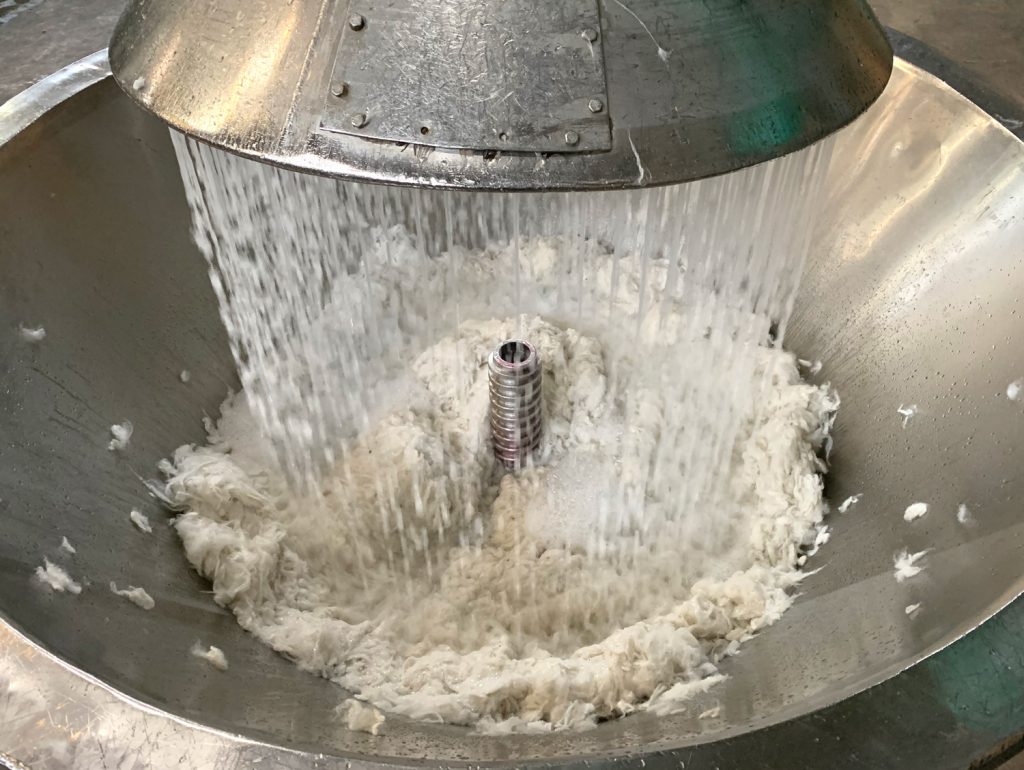
Loading and compressing the wool.
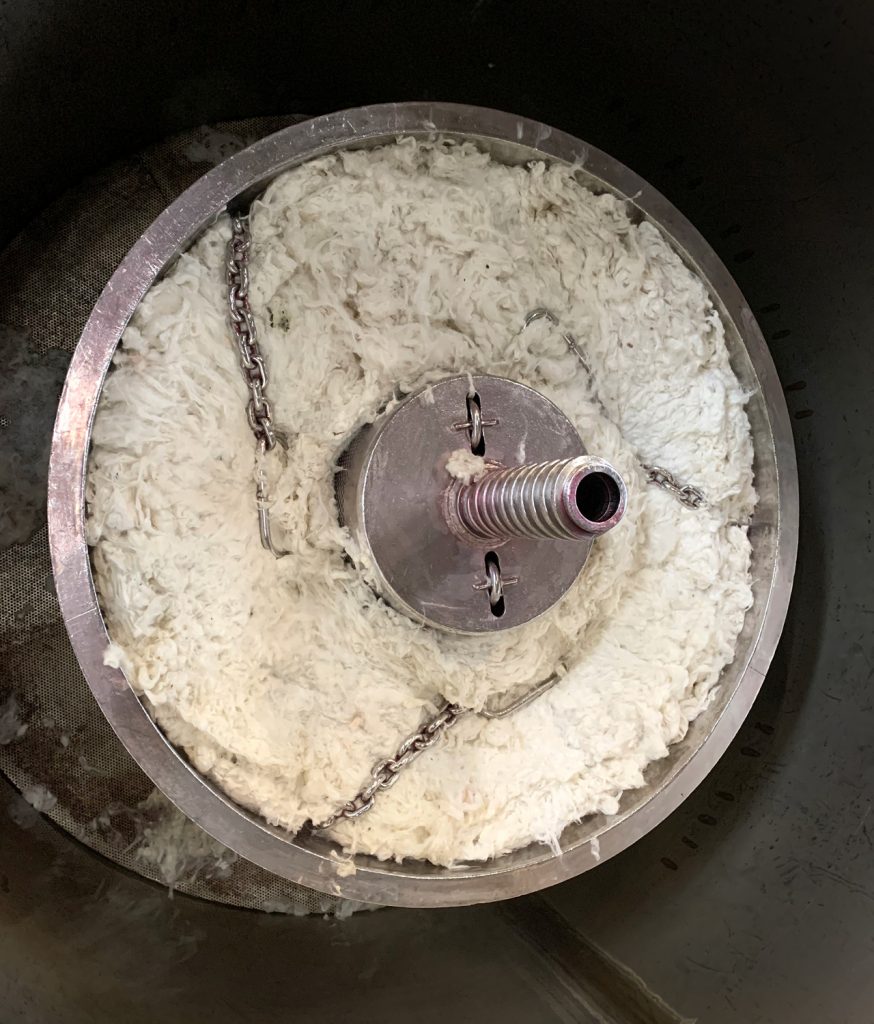

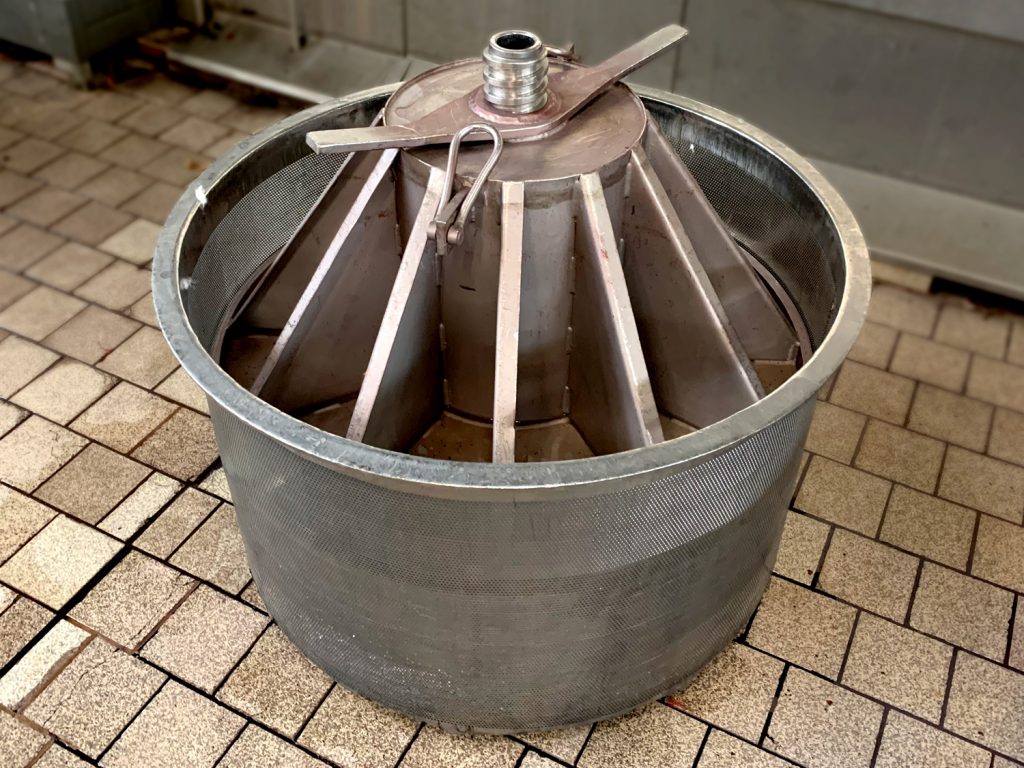
The wool is loaded and ready to enter the small batch unicon dyeing machine.
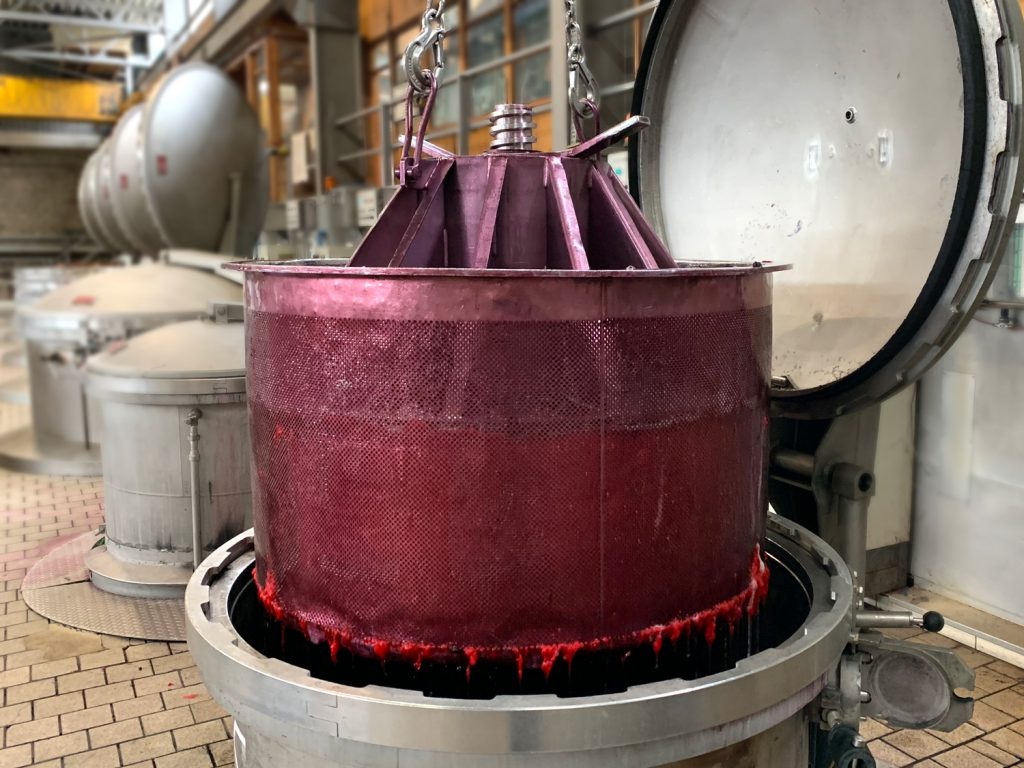
The same dyeing process is carried out this time with a larger batch conical pan.


The wool is dyed.
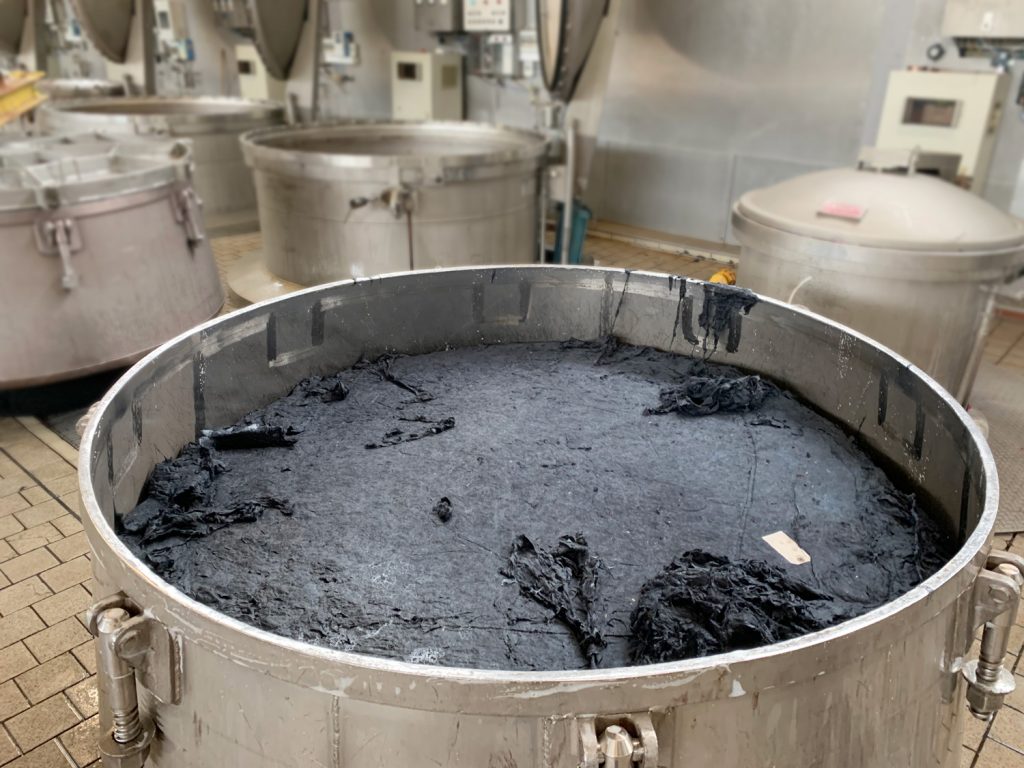
The wool naturally drains before centrifugal drying – sort of large scale salad spinner.

The wool is still damp at this stage and needs to go through quite a long drying process. A series of spiked lattices help break up the material and make it as even as possible.
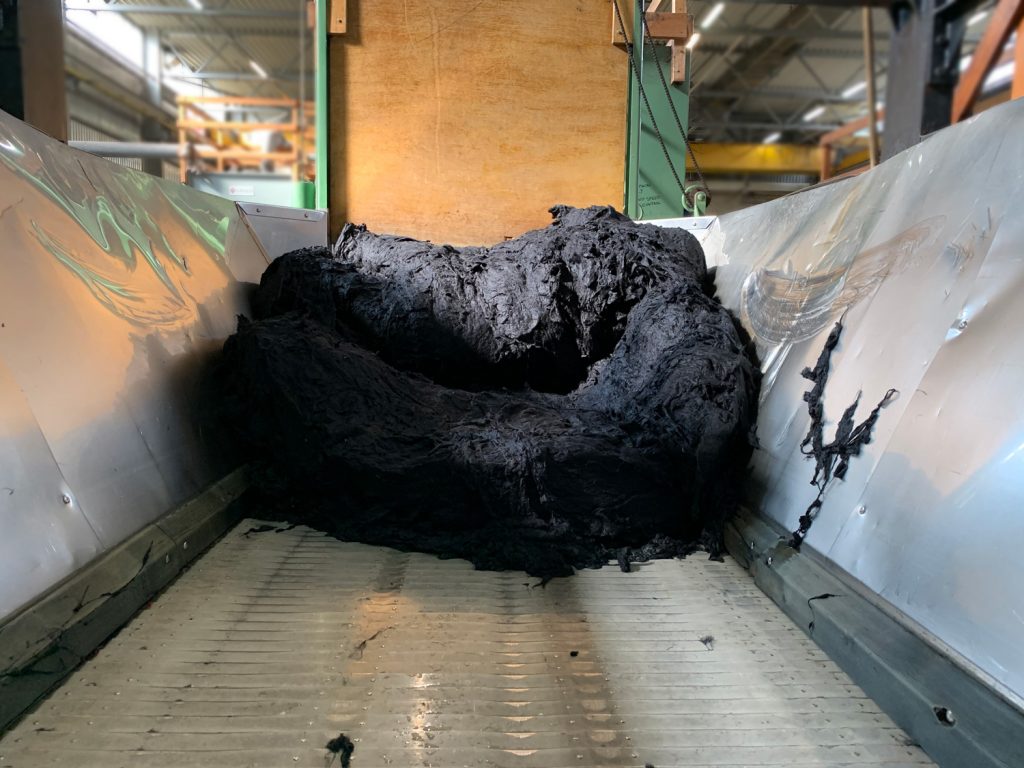
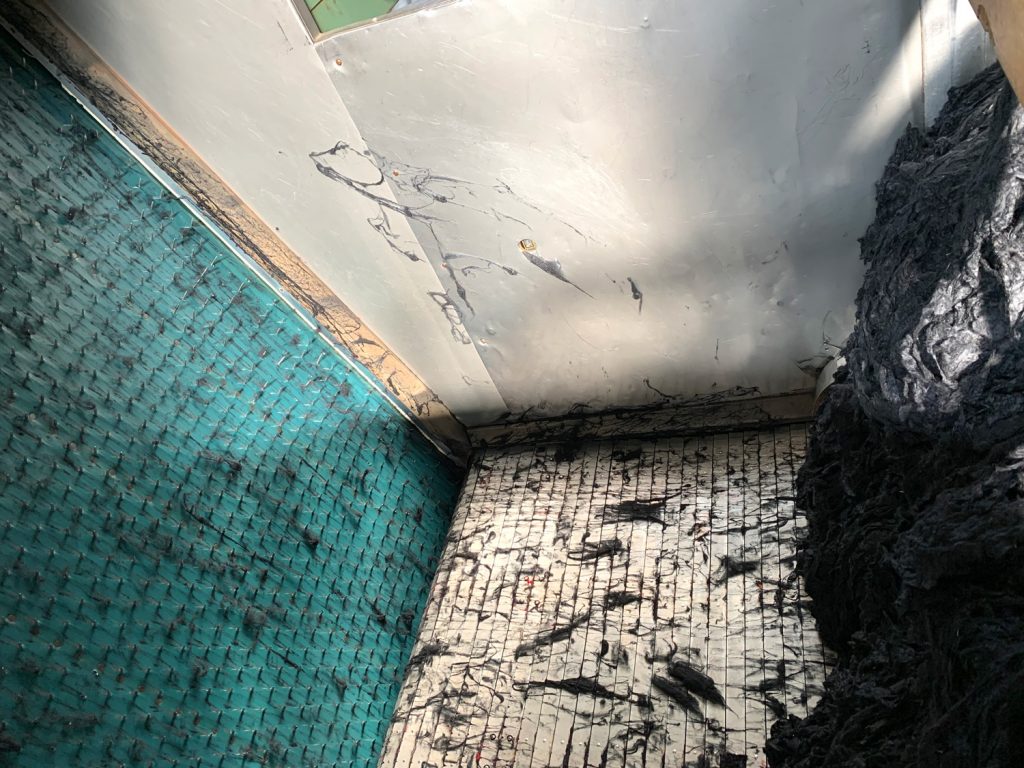
The wool is then RF dried – this didn’t exist a hundred years ago but it’s more environmentally friendly than using steam and is actually better for the wool too!
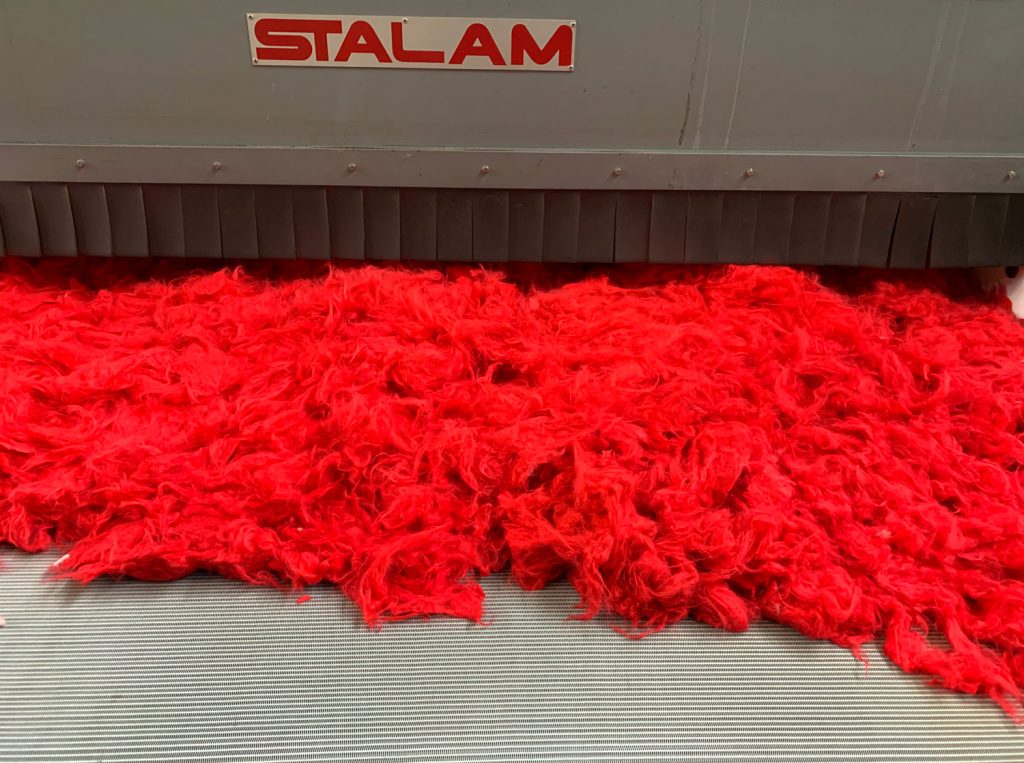
The wool makes way through the dryers along conveyors ready for the baling machine.
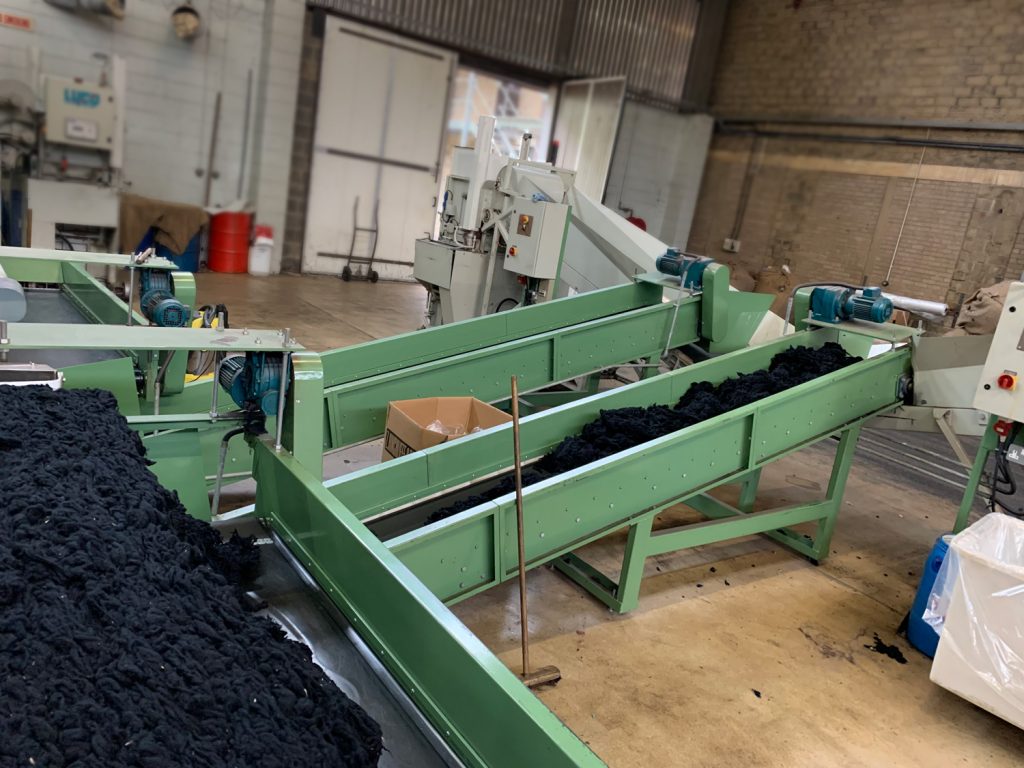
The next stages will be blending, carding, spinning and plying. We’ll then be ready for turning spun yarn into woven cloth.

